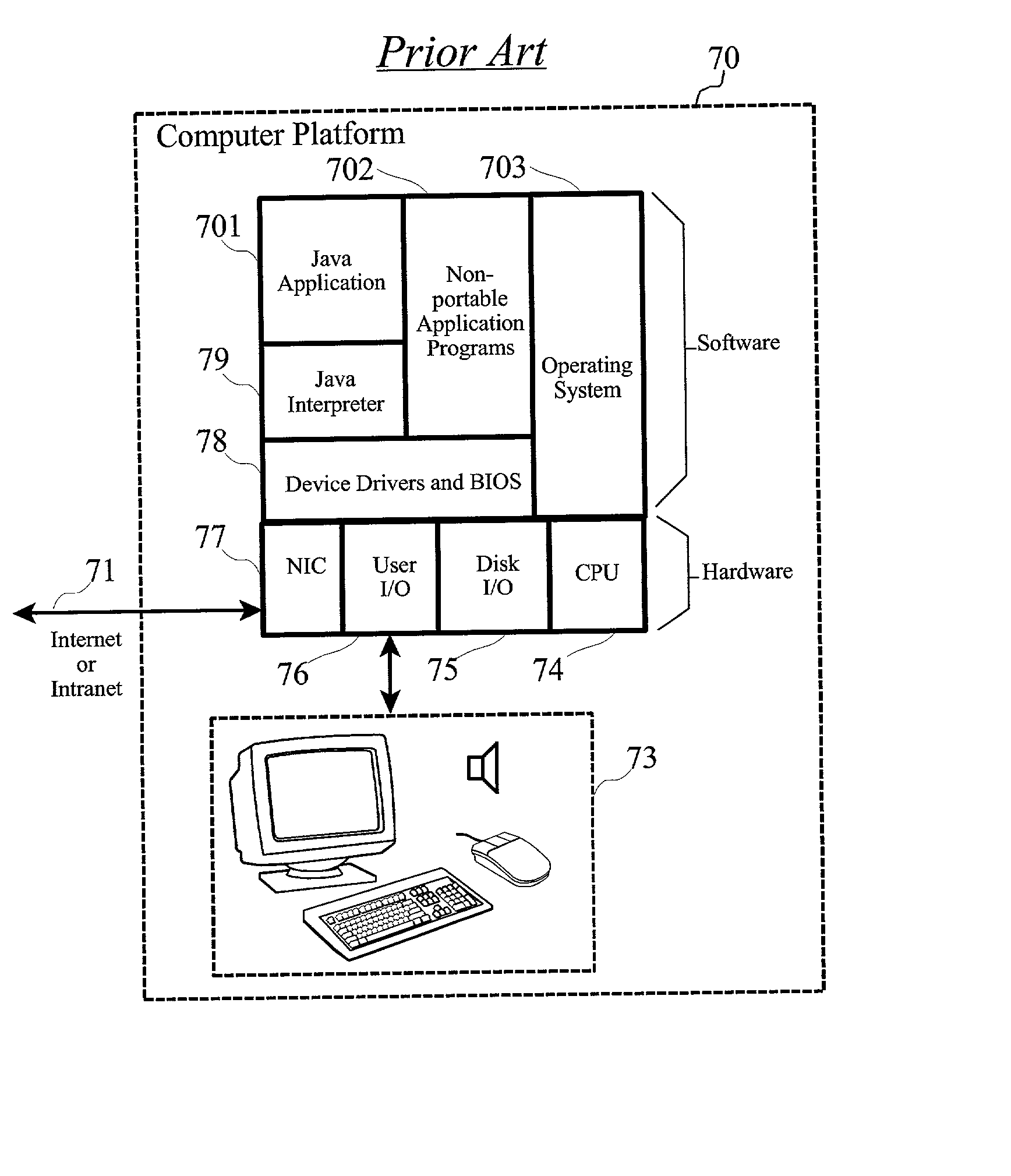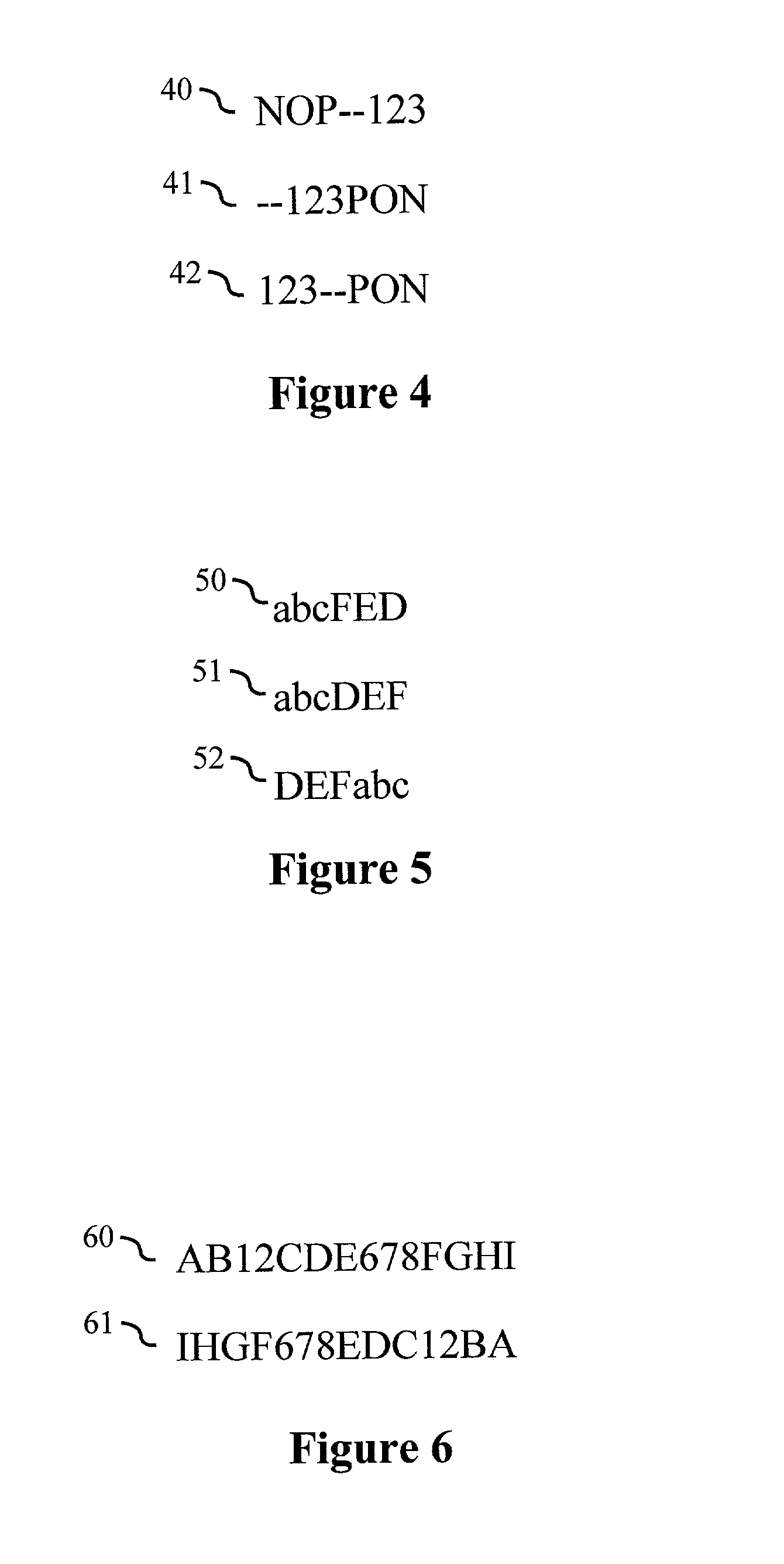It is, though, possible that certain information and concepts cannot be mapped into English from a native language, and thus represents an inability of the English-centric
World Wide Web (WWW) to effectively communicate this information and these concepts.
As such, businesses which primarily deal in non-English marketplaces may fmd their success in "going online" less than optimal given that they must adopt an English
domain name.
These equivalences, however may present problems in the context of domain names.
Unicode's BiDirectional (Bidi)
algorithm may be unsuitable for determining an appropriate display ordering for domain names.
There are, however, certain constraints that must be observed, regardless of these decisions.
For example, domain names that are "legal" today must still remain legal in the new
domain name system, otherwise the new
system will not receive widespread acceptance.
It is impractical to expect a vast overhaul or retrofit of thousands or millions of content servers, domain name servers, and routers in order to support a new, non-backwards-compatible
domain name system.
However, when these scripts are intermixed, their display may become ambiguous, due to the conflicting directions.
The display of such domain names can not simply be left up to the user or
application software, which would certainly lead to confuision.
In order to alleviate this situation, a BiDirectional domain name method and system must not allow for ambiguities in the interpretation, display, or analysis of a BiDirectional domain name.
FIG. 3 illustrates issues involved with interpreting and displaying typical domain names using the well-known
Unicode BiDi
algorithm, and the
ambiguity which can result.
When domain names are interspersed within
natural language text the problem of displaying the text and domain names becomes rather complex.
The problem with simply modifying the
Unicode Bidirectional
Algorithm to accommodate domain names is it makes an already
complex algorithm even more difficult to manage.
The general problem with this strategy is that as technology continues to expand greater and greater demands will be placed upon the bidirectional
algorithm to always correctly render any and all textual data causing the algorithm to be in a constant state of flux.
Nevertheless, it is impossible to create an algorithm that can always correctly identify such elements.
The real issue is whether or not it is possible to create an algorithm that identifies such elements within some reasonable range of error and under a set of acceptable constraints for the elements themselves.
When these identifiers are not present, however the ability to recognize
a domain name becomes greatly diminished.
The authors believe it is unreasonable to force every domain name to be preceded by some special
signal.
There are many cases where it is inappropriate to specify the protocol.
Nevertheless, this richness is something that is not necessarily desirable when encoding domain names.
The various ways in which characters can be constructed in Unicode, both "precomposed" and "decomposed", makes the representation of domain names unnecessarily complex.
This complexity presents two significant problems for encoding domain names: domain name registration and domain name equivalence.
While at first this may seem too restrictive, it is nothing more than an artificial restriction.
Further, these characters are unnecessary for
legacy data conversion as they are encoded in
ASCII now.
The use of these controls is only required in the rarest of situations, and thus their
elimination outweighs any potential benefits.
This new found freedom, however does come with a cost.
When various script systems are intermixed, their display may become unclear.
Upon closer examination, it becomes apparent that this approach or assumption is inappropriate.
This assumption, however is not necessarily true in the case of domain names.
This contextual difference causes several problems when one attempts to apply the Unicode Bidirectional
Algorithm to domain names.
The first problem to be encountered is the use of the full stop character, U002E, within domain names.
Unfortunately, when the Unicode Bidirectional
Algorithm is applied to domain names, each domain name
label is not rendered independently of the others, and as such, each domain name
label may influence the rendering of the others.
This implicit rule, however causes problems for rendering domain names, as shown in FIG. 3.
This unfortunately mangles the hierarchical structure of the domain name, making it impossible to universally determine which
label is the most specific and which is the most general.
This, of course, would result in user difficulties reading and understanding a Universal Resource Locator (URL) or domain name, and certainly would be impossible to correctly
route hyper text transfer protocol (HTTP) messages,
file transfer protocol (FTP) transactions, and the like.
This statement is not true in multilingual domain names, however.
In many cases it is impossible to tell the overall reading direction by merely looking at the output.
It turns out that it is impossible to obtain the same output "
display order" given two distinct inputs in logical order.
This factor, however, is not available to domain name displays.
The problem in adopting this strategy occurs when the entire domain name is not from the same script, as is the case in this example.
This strategy also presents problems, however.
The problem with this approach involves the use of the hyphen-minus character "-", U002D.
Unfortunately, this causes the character to behave as if it were an European numeral when adjacent to European numerals, as specified in rule W5 in Unicode Standard Annex #9.
Evident from this example is the fact that the Unicode Bidi algorithm is inappropriate for yet another reason for displaying multilingual domain names.
Yet another problem occurs when an individual label contains characters with varying directions.
If the Unicode Bidirectional Algorithm is permitted to be used for the display of domain names, then there may be situations when
a domain name can not be resolved even when it appears to be entered correctly.
This policy comes with some associated cost, however.
There maybe cases where the reading may seem unnatural.
It is believed, however, that this will occur infrequently and that the benefits outweigh any potential misreading.
On the other hand, there are creators who know what they want to see displayed, but are unsure what logical sequence of characters should be registered.
 Login to View More
Login to View More  Login to View More
Login to View More 


